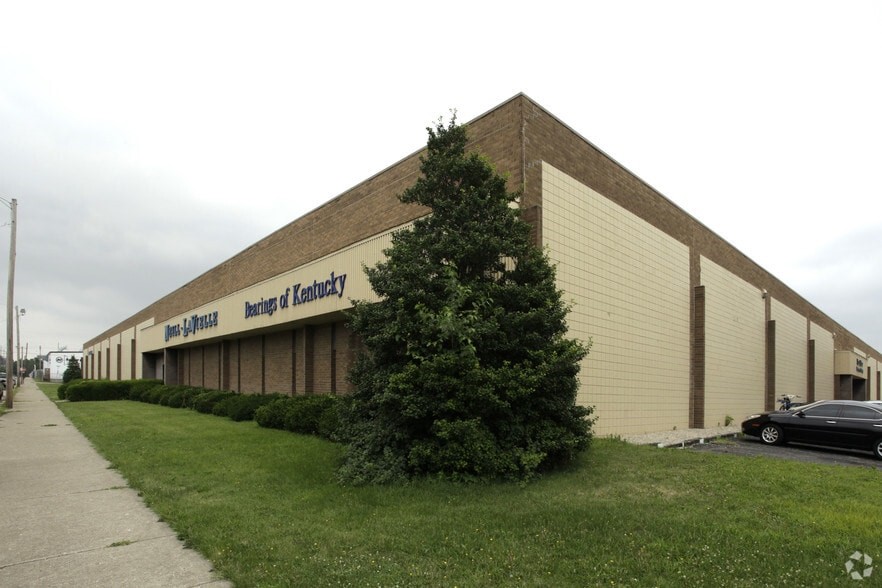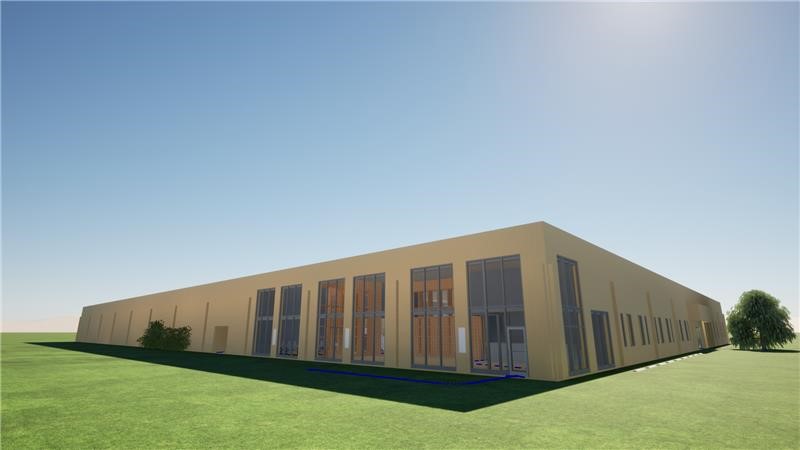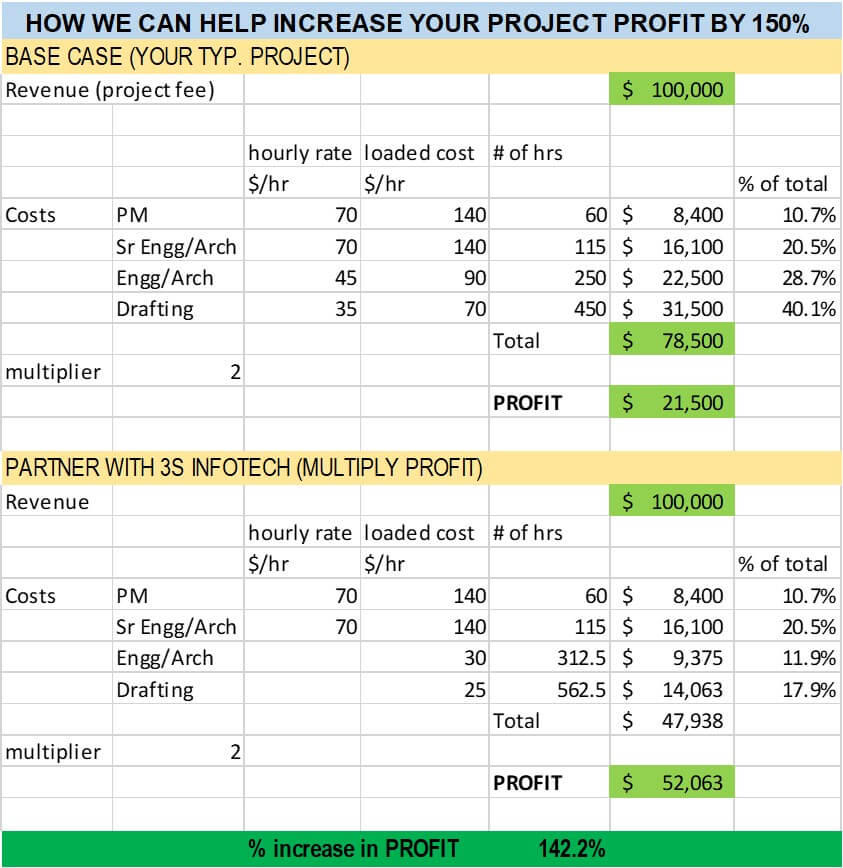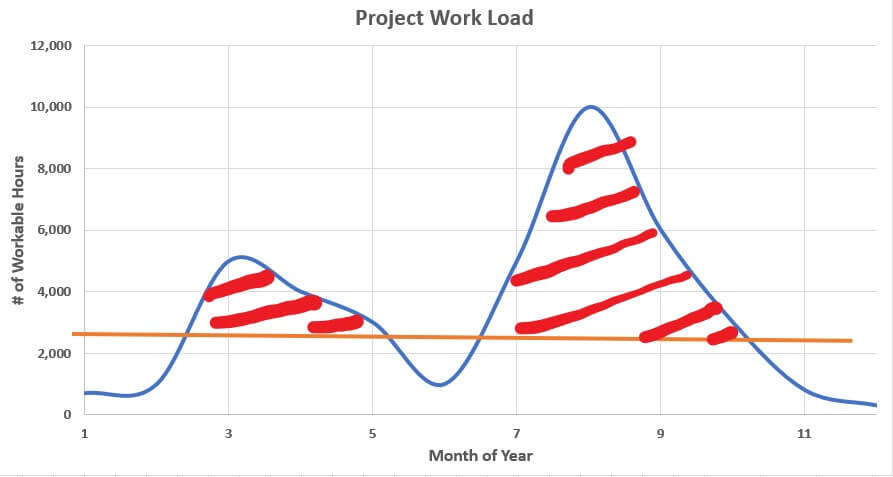

STITCH DESIGNER, LOUISVILLE, KY
Screen-printing plant & warehouse need special attention in electrical design
Location: Louisville, Kentucky
Services: Mechanical, electrical, and plumbing
Category: Industrial/warehouse
Area: 80,000 sq. ft.
Software: Bluebeam, COMcheck, HAP 5.11, McQuay Duct Sizer, PIPENET 1.8, Revit
This warehouse project had spaces for screen-printing production and for offices. Designs for the MEP systems were prepared by engineering teams from 3S MEP + Structural.
The electrical team faced an out-of-the-ordinary challenge in this project: embroidery machines that had been discontinued by their manufacturers years before. In order to determine the correct power load, comparable products from other manufacturers were factored into the load calculations to determine appropriate power ratings.
This thorough approach was essential to guarantee that the power utilities were adequately sized to accommodate the specific needs of the printing equipment and office spaces.
Numerous printing and embroidery machines required a dedicated power supply specifically sized for the equipment. Another power supply was designated for the retail office areas. To ensure accurate load calculations, the machine load and retail office loads were assessed separately.
The team also designed the placement of energy-efficient lighting, power outlets, and data connections to support office functions.
Office areas needed a comfortable indoor environment with effective temperature control, ventilation, and air conditioning. The system design by 3S MEP met these needs using a rooftop unit with economizer systems.
In the screen-printing area, the HVAC system also had to provide adequate ventilation to control fumes and maintain air quality. The design called for a high-efficiency HVAC system and exhaust equipment with proper filters to address chemical odors and hazardous emissions generated by the printing process.
Our plumbing design included both domestic water and sanitary waste systems with a major focus on ensuring adequate supply, efficient drainage, and compliance with plumbing codes.
With all 3S MEP projects, a primary focus is integrating MEP and structural designs with the construction and architectural partners and the end-users to minimize the need for design adjustments or revisions during the construction process. Design teams from 3S MEP actively engage with all stakeholders to identify potential conflicts and optimize overall system layout. Our teams are exceptionally proficient at harmonizing essential building elements for successful outcomes.



